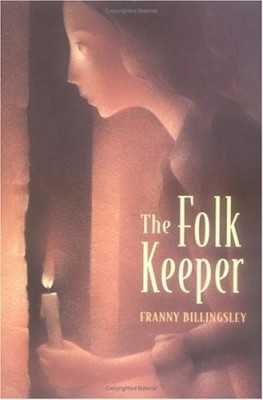Date read: 9.2.11
Book from: Borrowed from my cousin
Reviewer: Emera
“The name’s Bond. Shaman Bond. Actually, that’s just my cover. I’m Eddie Drood. But when your job includes a license to kick supernatural arse on a regular basis, you find your laughs where you can. For centuries, my family has been the secret guardian of humanity, all that stands between all of you and all of the really nasty things that go bump in the night. As a Drood field agent I wore the golden torc, I killed monsters, and I protected the world. I loved my job. Right up to the point when my own family declared me rogue for no reason, and I was forced to go on the run. Now the only people who can help me prove my innocence are the people I used to consider my enemies.
I’m Shaman Bond, very secret agent. And I’m going to prove to everyone that no one does it better than me.”
More junk food, sorry. Harry Dresden in London, basically, only not half as zippy or funny (and I’m pretty easily amused when it comes to dork humor). Most of Green’s one-liners sink without a trace, and the book feels brutally repetitive only a few chapters in. The main character solves most conflicts by punching buildings or people (while wearing his magical golden armor of invulnerability and superstrength) or activating one of an array of ridiculously overpowered gadgets. (Look, we get that James Bond had absurd gadgetry, but his gadgetry stayed fun and quirky because it was generally small in size and effect, and single-use-only. Exploding pen =/= watch that can be repeatedly used to turn back time.)
Green thrusts settings and concepts and characters under our noses and then yanks them back again so fast that we hardly have the time to get a sense of their flavor. I enjoy the Dresden Files in large part because I love and want to explore the Dresdenverse; there’s no Droodverse, just a series of sets being frantically swapped out. And to add to the list of things that get old, fast: Drood’s backup/love interest, the wild witch Molly Metcalf, seems to be capable of expressing disappointment only by pouting, and delight by clapping her hands and squealing. Really?
Still, I enjoyed the introductions to a few lesser-known bits of British-Isles folklore – a throwaway reference had me looking up Joan the Wad, Cornish pixie queen, for example – and a few of Green’s own creations, like Girl Flower, a Welsh elemental made of “rose petals and owls’ claws,” and the Blue Fairy, a dissolute half-elf with the ability to go fishing in other dimensions. And a few moments of the climax felt actually impressive, rather than just loud and boom-y, so I closed the book feeling halfway entertained.

